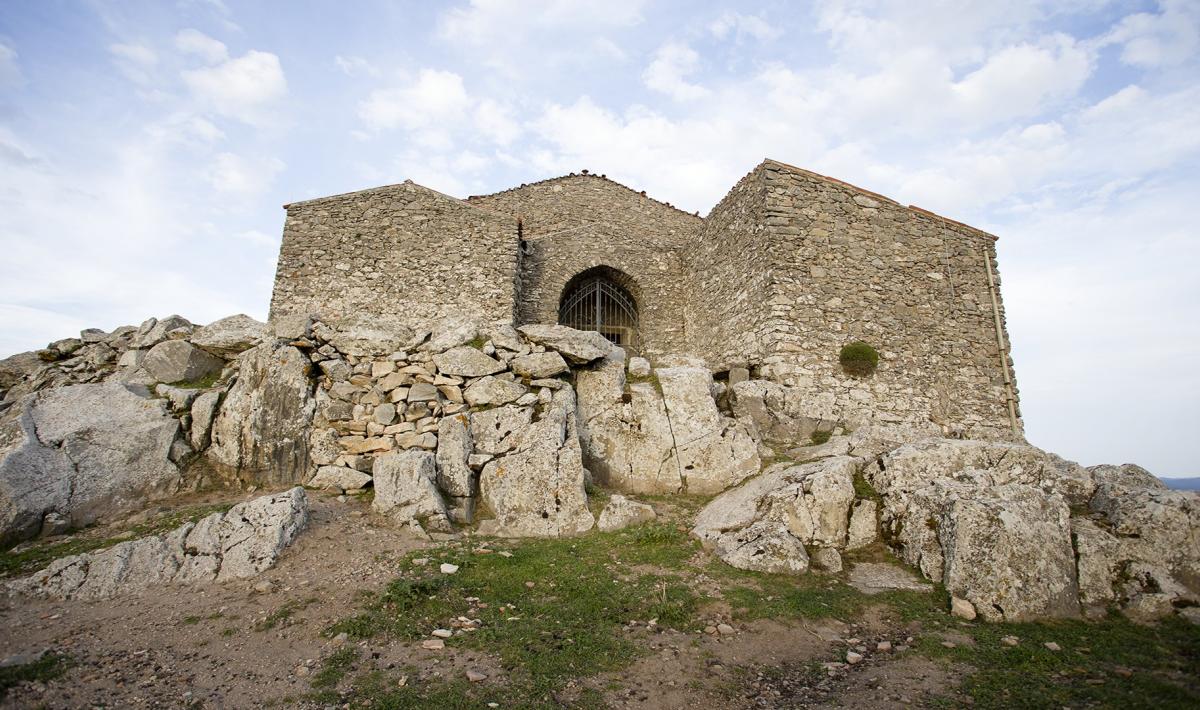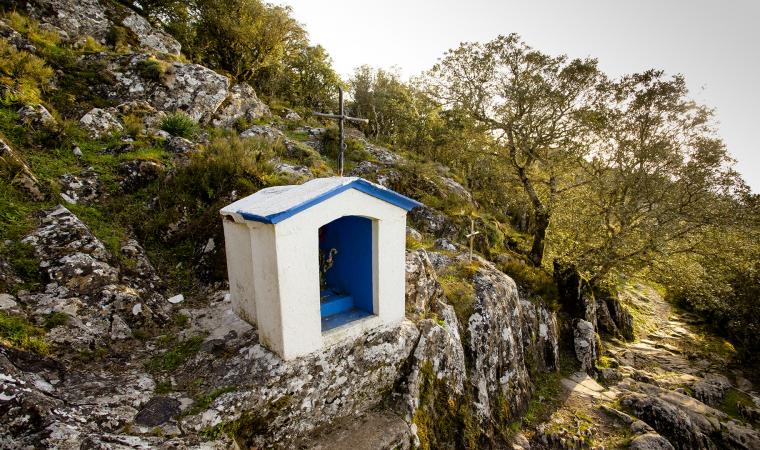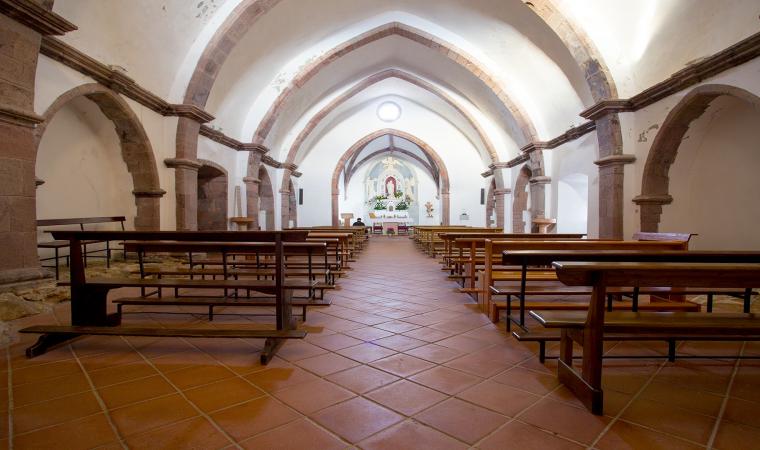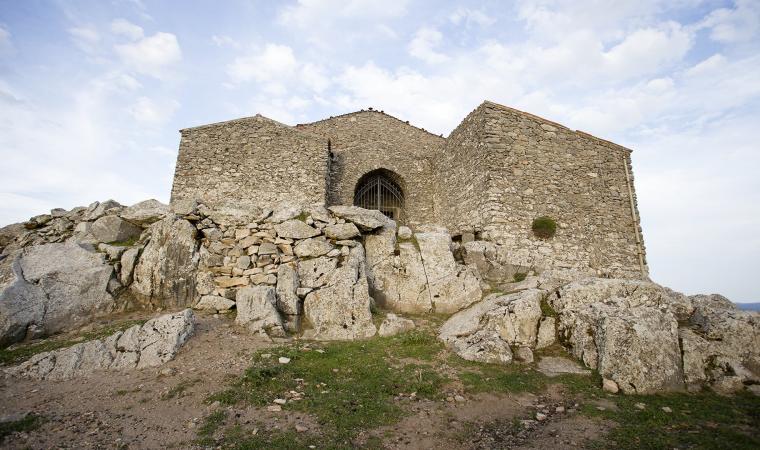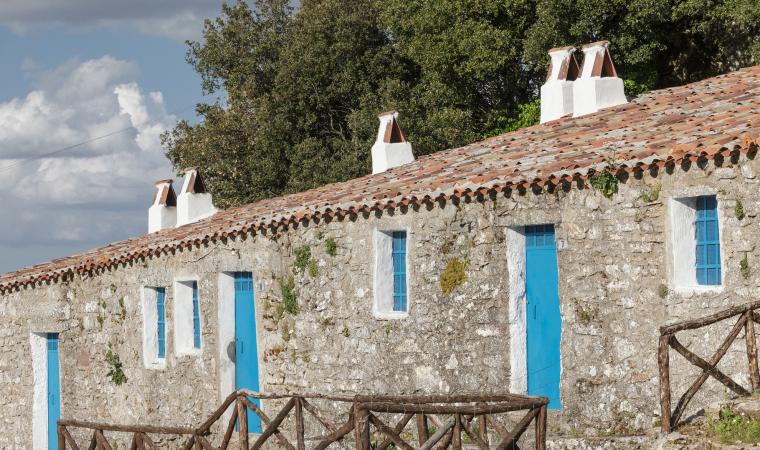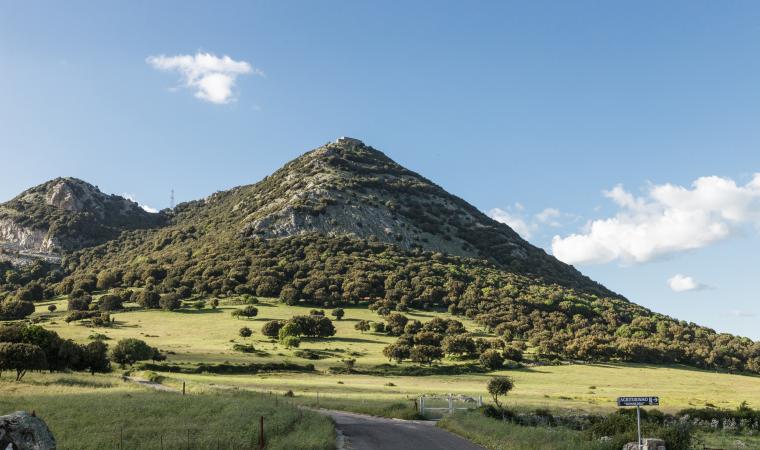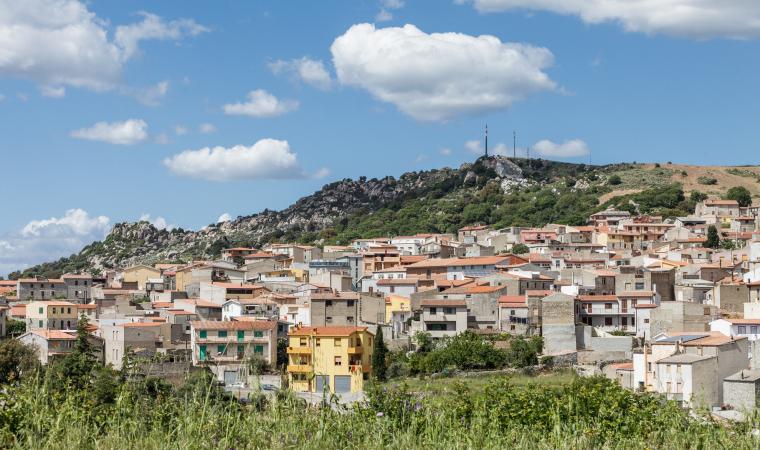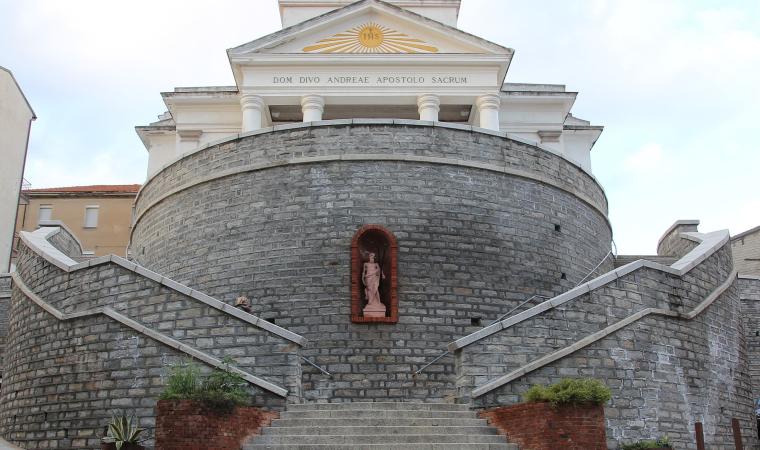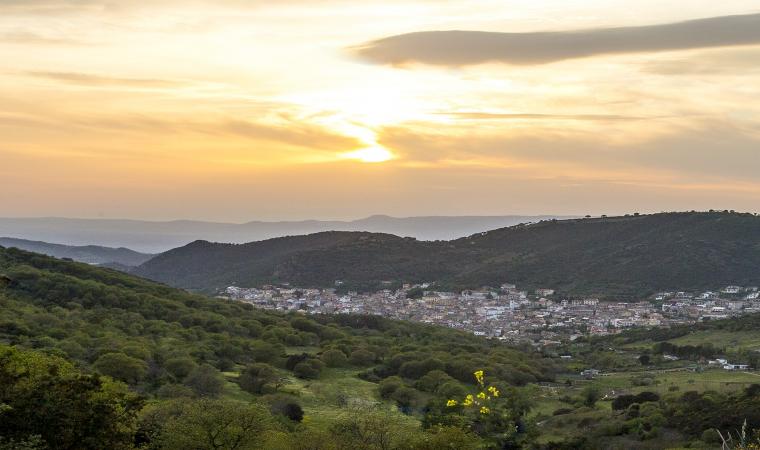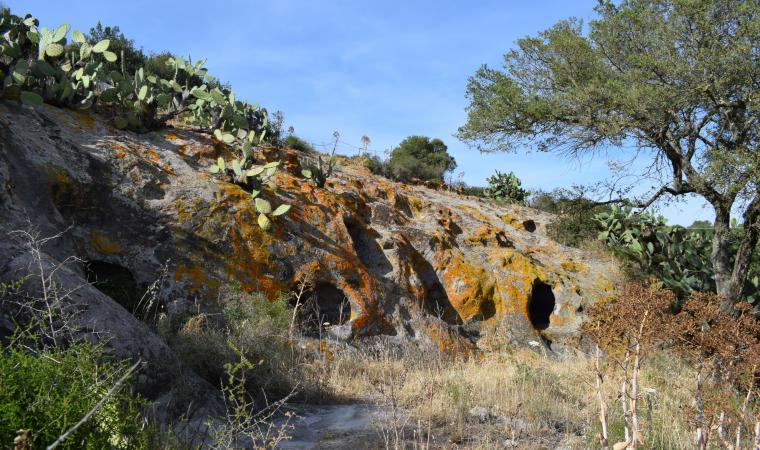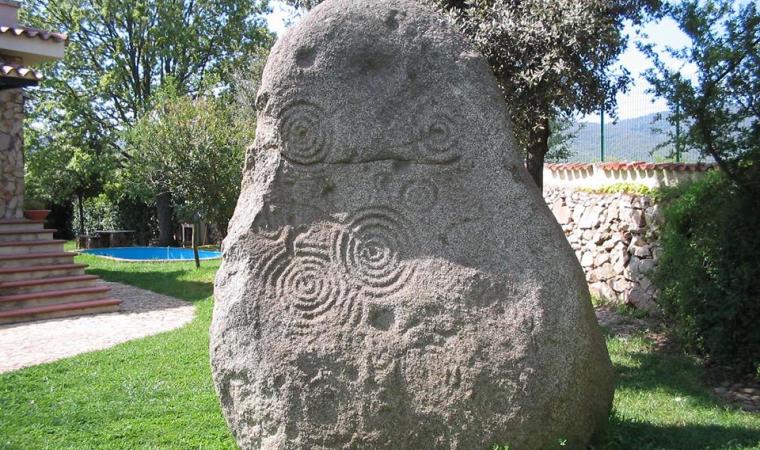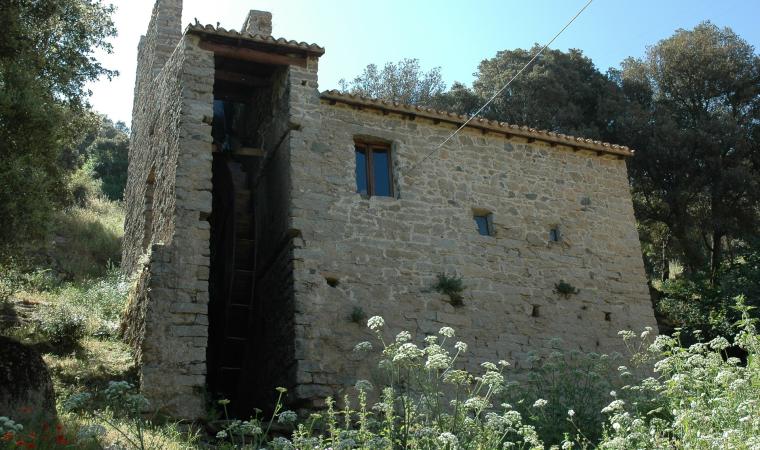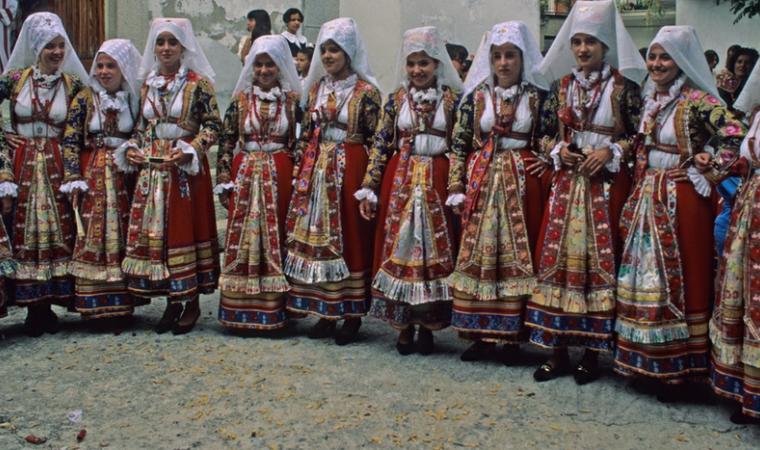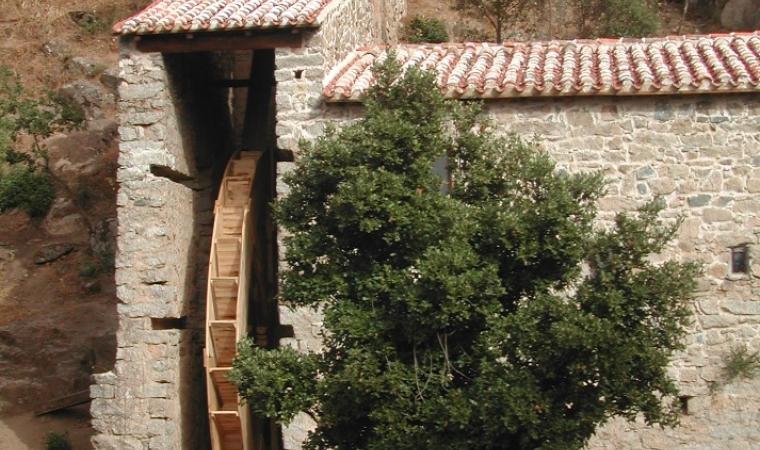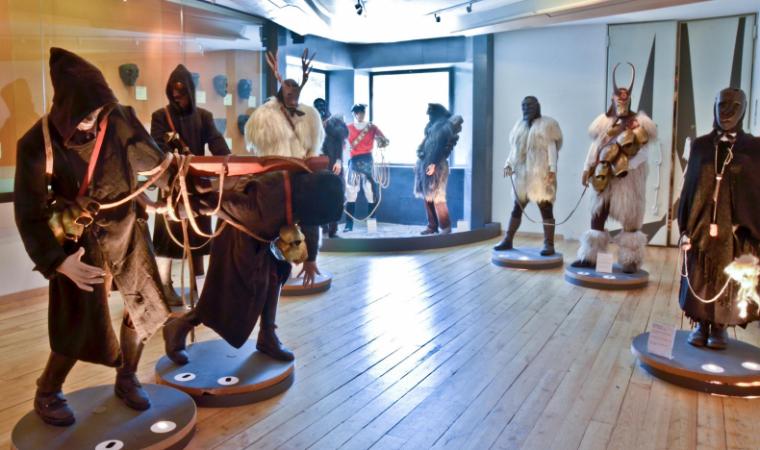It is the ‘highest’ church on the island, as well as being the most evocative Marian sanctuary. Nostra Signora di Gonare stands in a marvellous setting at an altitude of 1100 metres. The mountain range, with its three limestone peaks (Gonare, Gonareddu and Punta Lotzori) and surrounded by grey granites, dominates the whole of central Sardinia. From the central peak, where the church stands, you can see the sea to the east and to the west on clear days. A part of the sanctuary walls belongs to the Parish Church of Sant’Andrea di Orani and the other part belongs to that of San Michele Arcangelo in Sarule. The same goes for the property of the cumbessias, ancient dwellings with porticoes for worshippers during celebrations, the most ancient of which were built next to the church, while others were built further downstream.

